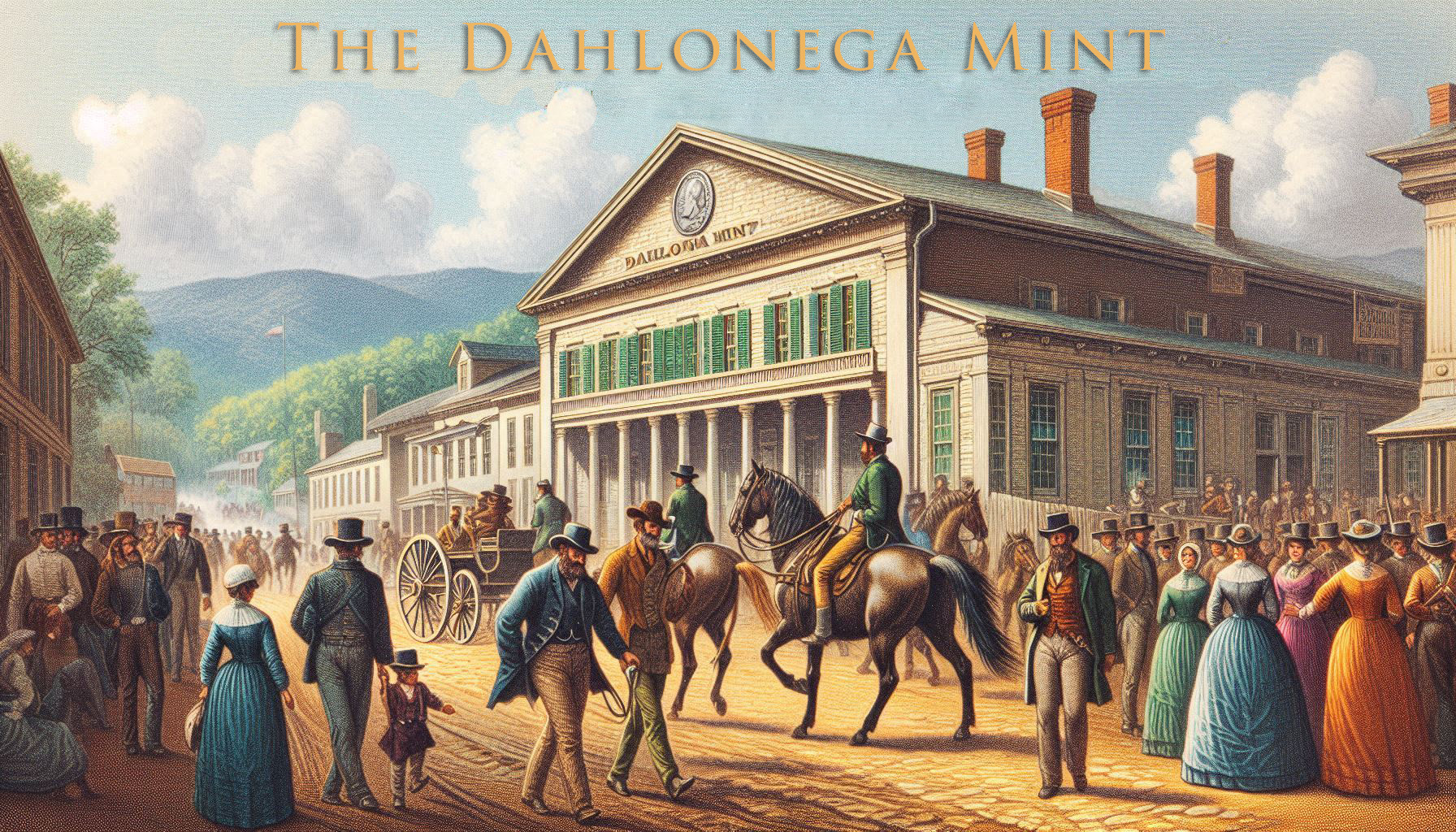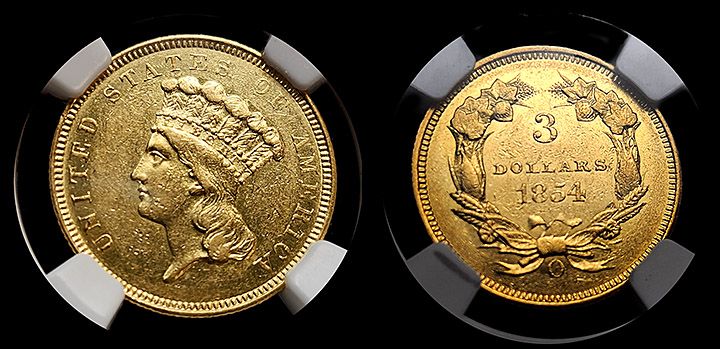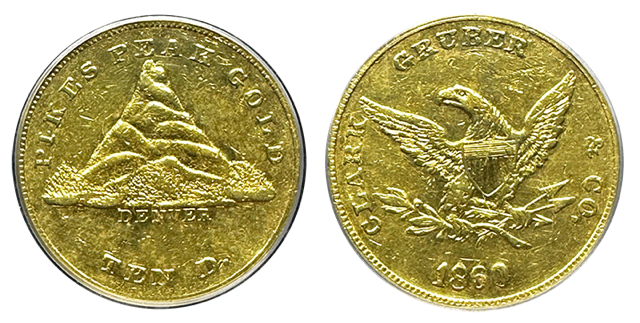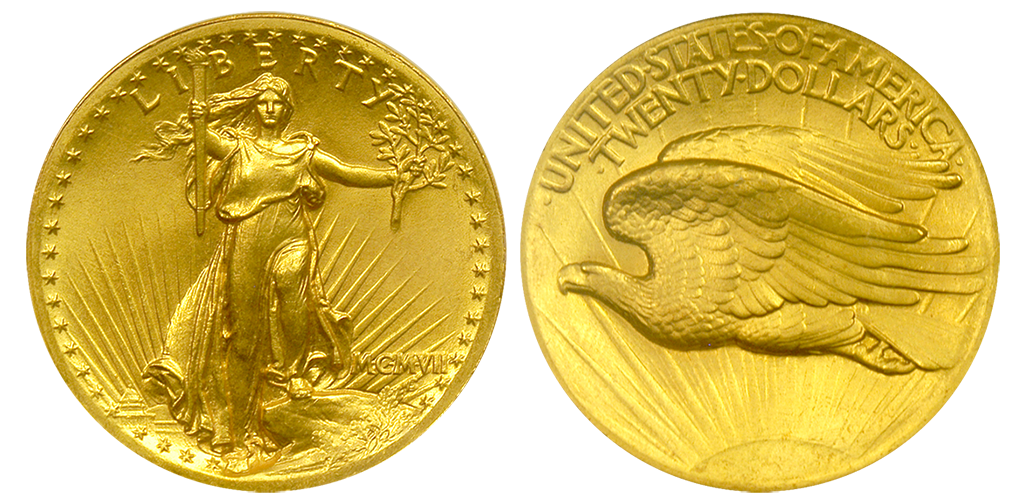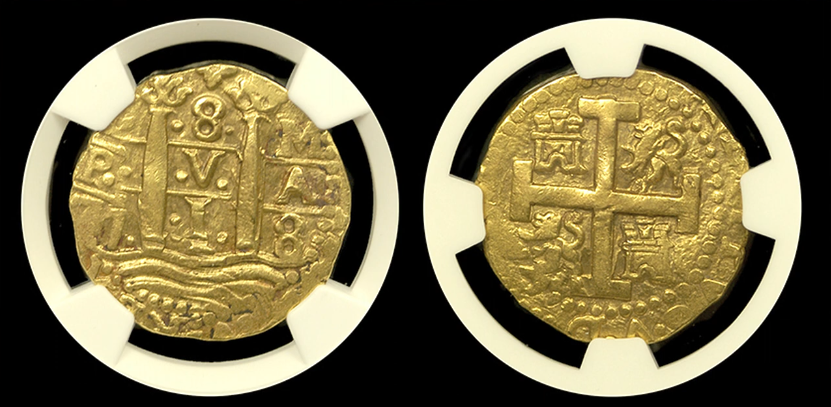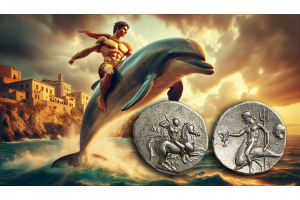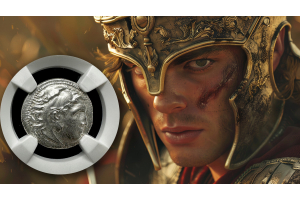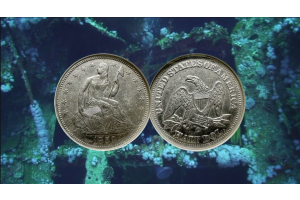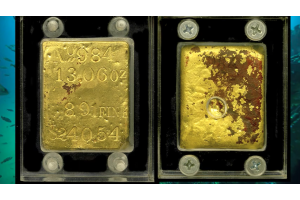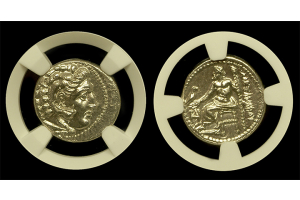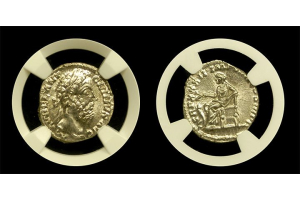us gold coin
- Posted: April 01, 2025Read more »
The Rich History of The Dahlonega Mint and Its Remarkable Coinage
The Dahlonega Mint played a crucial role in early American coinage. Established in 1838, it provided a way to turn Georgia’s gold into U.S. currency. During the 1840s, this mint struck some of the most sought-after gold coins in history. Today, these coins serve as a reminder of a fascinating era in American history.
The Discovery of Gold in Georgia
Gold was first discovered in Georgia in 1828. This event sparked America’s first major gold rush, a full two decades before California’s. Miners
- Posted: June 07, 2024Read more »
The enigmatic $3 Indian Princess coin, minted by the United States from 1854 to 1889, is a numismatic gem. Especially because of its rarity and beauty and the fascinating story behind its creation and circulation. Chiefly, the coin itself is a piece of art. At the same time, the tale of its inception embodies a deeper understanding of its significance in American history.
The Economic Context: A Nation in Flux
The mid-19th century was a period of significant economic and territorial expansion for the United States. Moreover, the discovery of gold in California in 1848 set off the Gold Rush. Basically, the increase in gold flooded the economy with gold and prompted new considerations for coinage. During this time, the U.S. government
- Posted: October 24, 2023Read more »
The 19th-century gold rush in the United States was an exhilarating era of opportunity. Especially, as it attracted individuals from diverse backgrounds to the goldfields in pursuit of their fortunes. During this period, Colorado played a pivotal role in the quest for gold, especially during the 1860 Pikes Peak Gold Rush. Amid this tumultuous time, one company particularly distinguished itself - Clark Gruber & Company. This article delves into the captivating history of Clark Gruber & Company during the 19th-century gold rush. Furthermore, it explores their distinctive coinage and the factors contributing to the relatively brief duration of their coinage enterprise.
Pikes Peak Gold Rush: A Golden Discovery
The story of Clark Gruber & Company is inextricably
- Posted: August 15, 2023Read more »
Augustus Saint-Gaudens' artistic brilliance left an indelible mark on American coinage. Born in Dublin in 1848 and raised in New York City, Saint-Gaudens displayed an early aptitude for sculpture. Importantly, his journey led him to Paris, where he honed his craft at the École des Beaux-Arts, a renowned art school. Afterwards, upon his return to the United States, his innovative approach to sculpting gained admiration.
A Presidential Commission
The pivotal moment in Saint-Gaudens' career came with a commission from President Theodore Roosevelt in 1905. Tasked with rejuvenating American coin design, Saint-Gaudens brought a fresh perspective to numismatic art. Furthermore, his designs captured the essence of American identity and history, elevating coins from mere currency to intricate works of art.
- Posted: December 17, 2021Read more »
Spanish Colonial gold coins salvaged from the 1715 Fleet off the east coast of Florida are called Gold Cobs. Gold Cobs are the original Doubloons. Therefore, the Doubloon is a solid gold coin. Even though the Spanish called their gold coins Escudos, Doubloon became the nickname for a two Escudo coin. In addition, the word Doubloon is actually taken from pirates calling these two Escudos "double-one," which turned into “Doubloon.”
As commerce increased between North America and South America so did the need for coins. Spanish Gold Cobs were minted from the early 1600s to the early 1800s. They were minted in Bolivia, Chile, Columbia, Guatemala, Mexico, and Peru and were circulated as far




